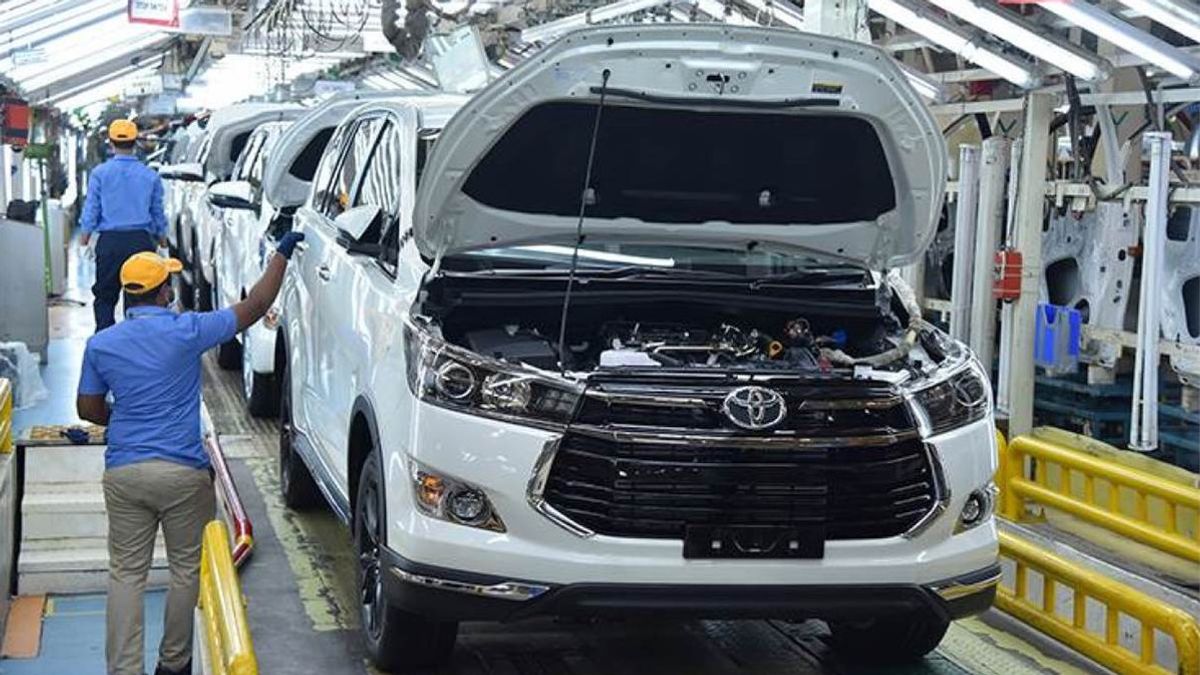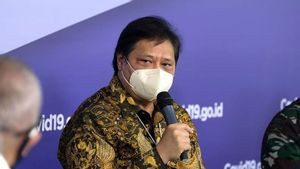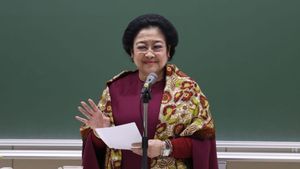JAKARTA - Chairman of the Indonesian Automotive Industry Association (Gaikindo) Yohannes Nangoi said that currently, Indonesia has succeeded in achieving self-sufficiency in car production for the domestic market.
In fact, he said that local producers have succeeded in increasing the performance of export production which reached 330.000 units. In his notes, about 70 percent to 80 percent use local raw materials.
"If you go abroad and see an Xpander, Isuzu Traga, or a Daihatsu GranMax-type vehicle, they are all from Indonesia because the factory is only in Indonesia", he said in a press statement, Monday, March 29.
Yohannes added that the industrial climate in the country was increasingly conducive thanks to the government's initiation of providing tax incentives for motorized vehicles.
"The government continues to strive to stimulate public consumption that was held back during the pandemic through strategic policies so that it plays a role in increasing the demand for motorized vehicles", he said.
Furthermore, from a vehicle production capacity of 2.4 million per year, Nangoi explained that car sales usually reach 1.5 million per year, consisting of 1.2 million for domestic and around 330 thousand for export.
However, the impact of the pandemic, total sales in 2020 fell to only around 700.000 cars, consisting of 530.000 for domestic and another 200.000 for foreign markets.
“Entering 2021, the decline in car sales will continue. If this condition continues, not only could layoffs occur, but the existence of the automotive sector will also be threatened", he said.
SEE ALSO:
For this reason, he appreciates the steps of the Minister of Finance (Menkeu) Sri Mulyani who poured sales tax incentives on luxury goods (PPnBM) for motor vehicles with an estimated value of IDR 2.99 trillion.
"This is clearly government support so that it can be utilized by the community so as to encourage improvements in the automotive industry and be able to boost national economic growth", he added.
For information, 201 the automotive industry contributed 3.98 percent to non-oil and gas GDP. The manufacturing and labor-intensive sectors absorb a large number of workers, namely 1.5 million direct workers, and 4.5 million indirect workers.
The supply chain for this sector is also very broad. There are approximately 7.451 factories producing input products for the automotive industry.
The English, Chinese, Japanese, Arabic, and French versions are automatically generated by the AI. So there may still be inaccuracies in translating, please always see Indonesian as our main language. (system supported by DigitalSiber.id)












